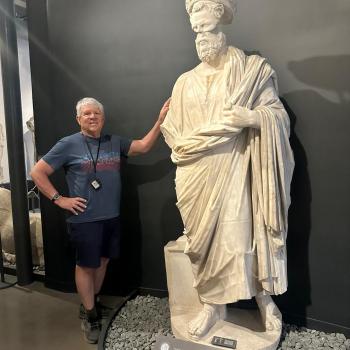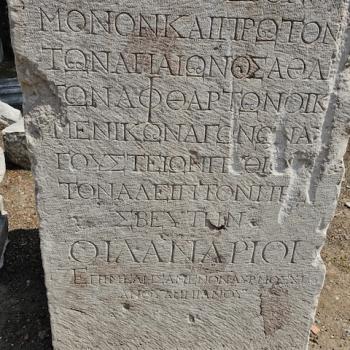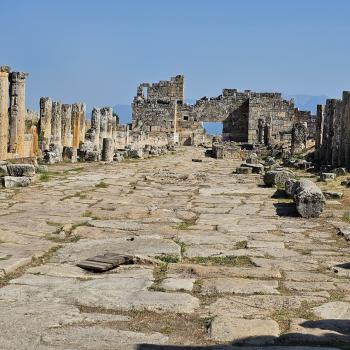The next few posts are reposts from Larry Hurtado’s blog, who has now stopped blogging due to his ill health. Larry has been a front rank NT scholar for many decades and we all owe him a big debt BW3
Keener’s Commentary on Galatians
by larryhurtado
Craig Keener’s massive commentary on Paul’s epistle to the Galatians has recently appeared: Galatians: A Commentary (Baker Academic, 2019). At xlvii + 848 pages, it is likely the largest commentary on this epistle. But Keener is noted for his commentaries and their massive size, as especially represented in his four-volume commentary on Acts.
The size of the commentary is not given over to blather. In addition to the unhurried discussion of the text, as characteristic of Keener’s commentaries, this one too is full of references to primary texts (both early Christian sources and a wide panoply of others), and to a huge body of scholarly publications. The bibliography is 123 pages, and the indexes to subjects, authors, “scriptures,” and “other ancient sources” take up another 135 pages.
In his Introduction, Keener adopts an early date for Galatians (ca. 48 CE), and a “south Galatian” view of its addressees (that is, churches in the cities referred to in the Acts account of Paul’s mission-journey in that area). He also aligns Paul’s description of his Jerusalem visit to confer with the leaders there in Galatians 2:1-10 with the “Council” visit depicted in Acts 15.
Keener holds that Paul’s “pre-conversion” opposition to the young Jesus-movement began in Judaea, disagreeing with scholars such as Helmut Koester who confined Paul’s efforts to Damascus. Keener reads Galatians 1:22-24, especially the reference to him by the Judaean churches as “the one who formerly was persecuting us” as evidence of this.
To cite one matter on which I’ve written, Keener joins the ranks of a number of other scholars who are not persuaded by my suggestion that Galatians 2:10 may be a defensive reference to the Jerusalem collection that occupied a number of years of Paul’s mission.[1] Likewise, he rejects the suggestion that Galatians 6:1-10 may be a carefully-worded exhortation to participate in the collection, reading the verses instead as simply some generalizing exhortations to support local teachers (although he acknowledges that Paul doesn’t identify any such figures and that it’s not clear who would be teachers entitled to support in such a young congregation). I won’t present again here my reasons for making my suggestions. They are that, only suggestions for how to take these two passages in Galatians, but I think they remain worth considering.
In addition to the verse-by-verse commentary, Keener offers 34 excurses on a wide variety of topics pertaining to things mentioned in Galatians. These include discussions of “conversion,” Nabatean Arabia, Antioch, Justification, Magic, Paul and the Law, Adoption, and many more.
As his custom, Keener acknowledges the various views on contested matters, and gives explanation for why he prefers one over the others. He also gives his own translation of Galatians, and in the comments deals with specific philological issues. As one example of his level-headed approach, on the debated question of how to take the Greek phrase “pistis Iesou Christou,” whether it is “faith in Jesus Christ” or “the faith(fullness) of Jesus Christ,” Keener observes that even in the latter option the personal trust of the believer is involved to appropriate Christ’s “faith/faithfulness.”
We don’t usually read commentaries from cover to cover as we do monographs, and given its size this one would take a good deal of time to do so. But it is a major contribution to all subsequent study of, and reference to, Galatians.
[1] Larry W. Hurtado, “The Jerusalem Collection and the Book of Galatians,” Journal for the Study of the New Testament, no. 5 (1979): 46-62.













